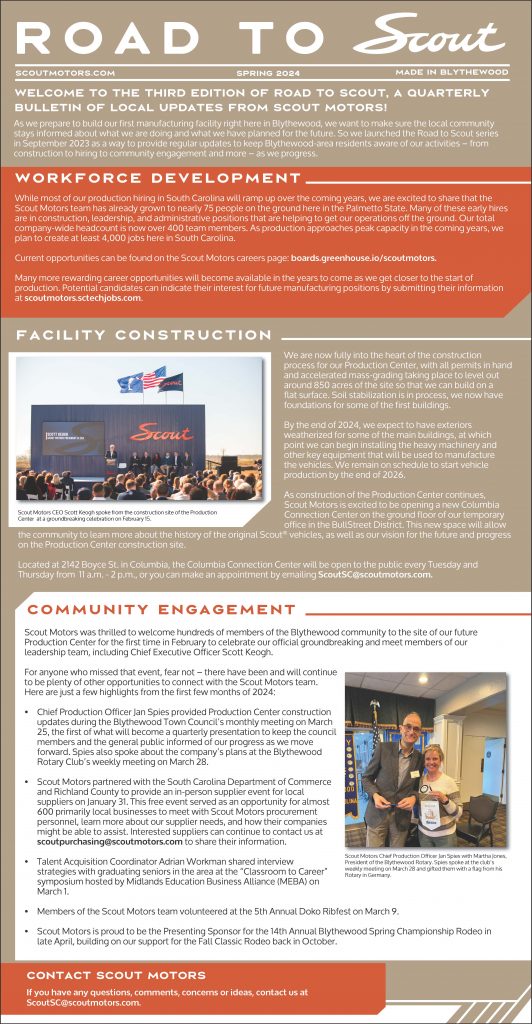
Rick Fosnacht (left) and Tim Lord, owners of Contingency Planning and Outsourcing, Inc., lead the way in disaster preparedness, for businesses and for schools.
Business models are set up to plan for success, but what about disaster? In the 21st century workplace, where companies store more data out in the ether than they do in filing cabinets, planning for disaster is the business model for one local company, Contingency Planning and Outsourcing, Inc. (CPO).
Tim Lord, of Winnsboro, founded the company back in 2000. With 31 years in the business, Lord knew he had the makings of a software system that could help companies recover data and, more importantly, stay in contact with customers and investors in the event of a disaster. Lord quickly brought in Rick Fosnacht, of Blythewood, a computer system designer and developer, to help him flesh out the CPO system. A year later, they hit the market, and soon they had converted to their system one of the biggest names in the technology field: Lockheed Martin.
That’s right: the people who build spaceships.
“Our software tool assists companies, schools and universities to be prepared for any type of emergency,” Lord said. “It’s not just the data, but the business. In the event of an emergency, how are they going to communicate with employees? How are they going to connect with their investors, their customers?”
For example, Lord said, suppose your local doctor’s office burned to the ground overnight.
“How is the doctor going to communicate with his patients?” Lord said. “How is he going to bill those patients? How is he going to know who to bill?”
And that is where CPO comes in, not just with a data recovery plan, but a contingency plan for the business itself.
“You have got to be ready,” Lord said. “Know what you’re going to do and know whose going to do what.”
It is a system CPO is currently marketing to schools, particularly in the wake of last December’s school shooting in Newtown, Conn.
“In (Newtown), one of the classroom doors would not lock, and the intruder was able to come into that room,” Lord said. “Our system can set up a task – ‘check door locks every two weeks.’ The system will automatically send a reminder to the person responsible for making that check and also send a notification to the school principal if it hasn’t been done.”
Schools are required to have a ‘safe schools’ plan, Lord said, but typically that information is housed at individual schools, is rarely practiced or rehearsed, and the information (emergency contact numbers, etc.) contained therein rapidly becomes obsolete. And, Lord said, most of what is in those plans should be maintained and managed at the district level, not at the individual schools.
That was precisely the scenario CPO found in the Greenville County School District six years ago when they installed their system there.
“The best plan they had was two years old,” Lord said, “and 85 percent of it belonged at the district level. We moved it there (to the District Office) and now one person sits at a desk and monitors 100 schools. The system tells them if they are ready for an emergency or not.”
Lord and Fosnacht are so passionate about schools adopting their system they are offering it for a cut-rate price. Still, Greenville County is the only K-12 public school system in the state to adopt their software. The state of Pennsylvania, meanwhile, is currently considering CPO for all of their school districts. Other CPO clients include the U.S. Navy, DHL, the University of California at Los Angeles and Fordham University.
“There is a need out there,” Lord said, “and we are almost giving this away to schools.”
After all, the worst time to discover you need a disaster plan is during a disaster.










